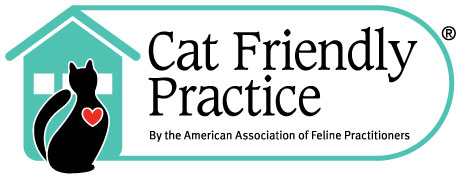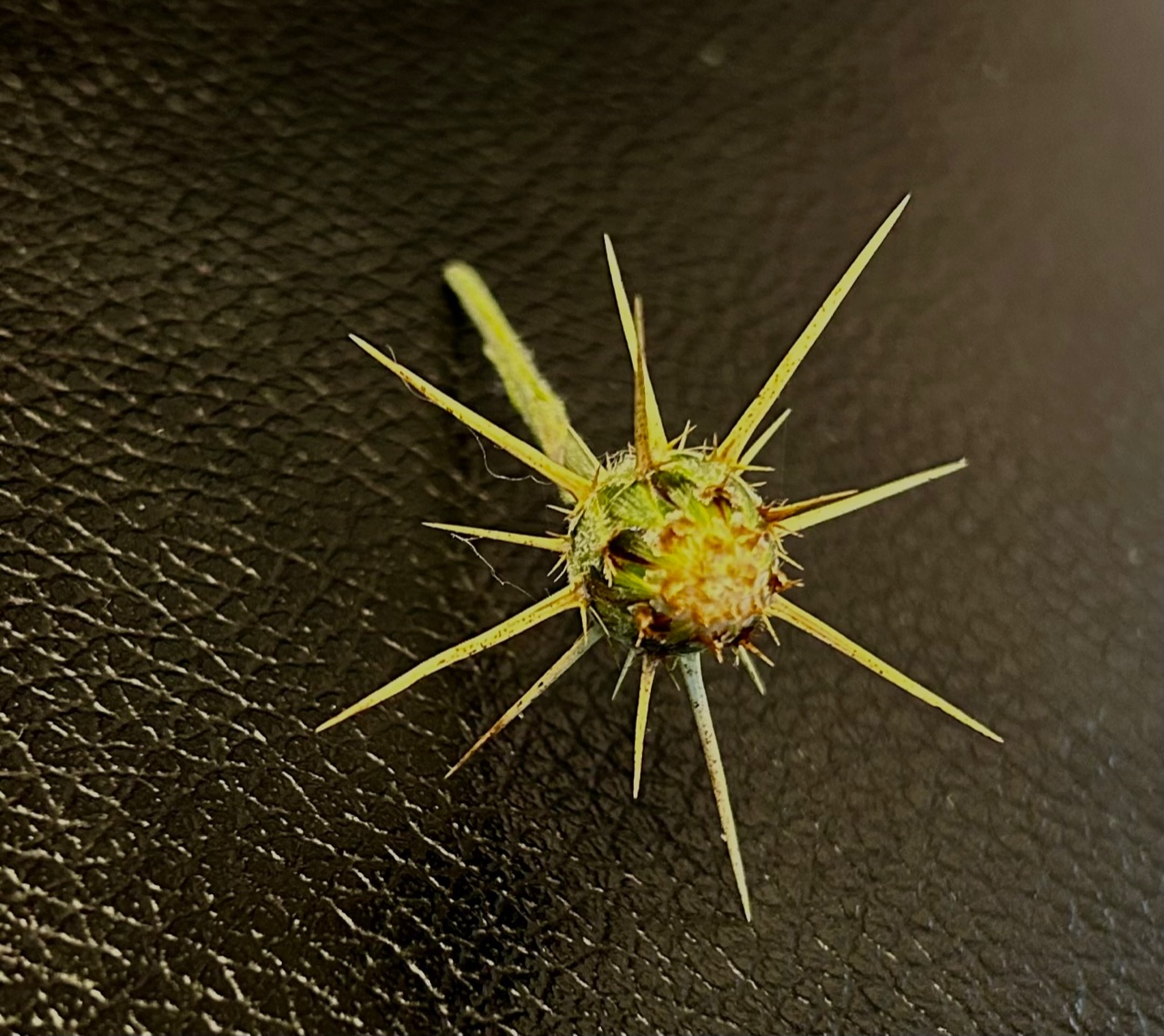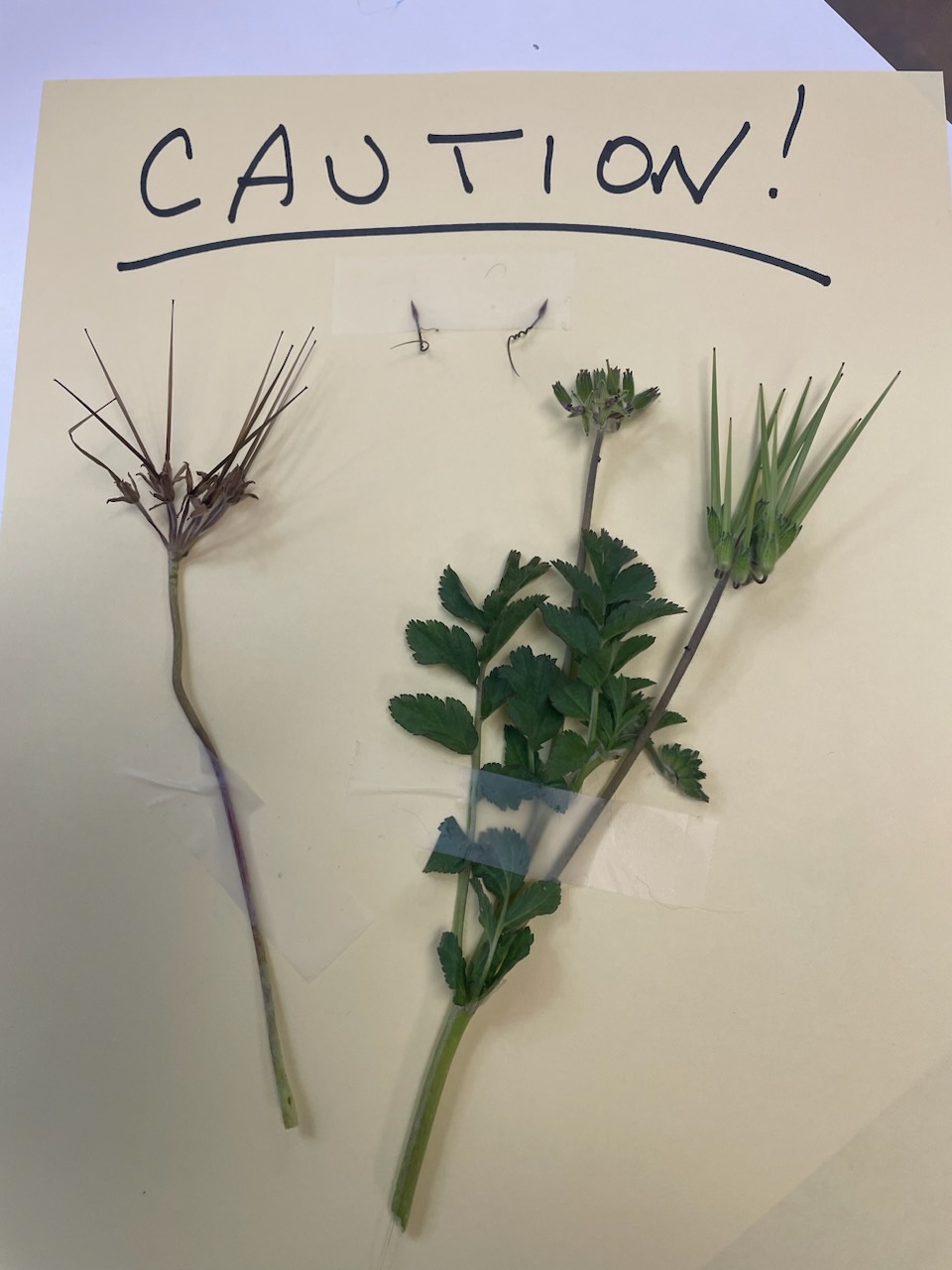We have reviewed eyes, ears, noses, and hearts. Now it is time to look at the mouth and throat. Saliva is produced by glands near the back of the jaw and under the tongue and is excreted into the mouth near the premolar teeth and upper incisors. Saliva is necessary for proper digestion and normal dental health. Dog and cat teeth are shaped a bit differently than ours. The long fangs or canine teeth are used for biting things (catching prey or running off mailmen!) The rest of the teeth are sharper & more pointed than ours. The teeth are covered with enamel – a very hard substance that protects the tooth from damage and infection. The center of the tooth contains a canal which brings in blood and a nerve supply. Teeth are living things. If they die they usually will abscess. Teeth are surrounded by bone which is covered by the gingiva or gum tissue. The top of the mouth is the palate – towards the nose it is hard and bony, near the throat it is made of soft tissue and called the soft palate. The top of the windpipe is called the larynx. At the top of the esophagus is a flap of tissue called the epiglottis. Cartilage structures in the larynx (including the vocal cords) combine with the soft palate & epiglottis to help guide air into the windpipe (trachea) and food and liquid to the stomach via the esophagus. This combined food/airway area is called the pharynx and it connects with the nasal cavity. Tonsils are collections of lymph tissue found in the pharynx area. Chewing, swallowing and breathing without pain or effort requires an amazing coordination of many structures. Next week we ™ll see what happens when things go awry!
by Bonnie Markoff, DVM, ABVP









Leave A Comment
You must be logged in to post a comment.